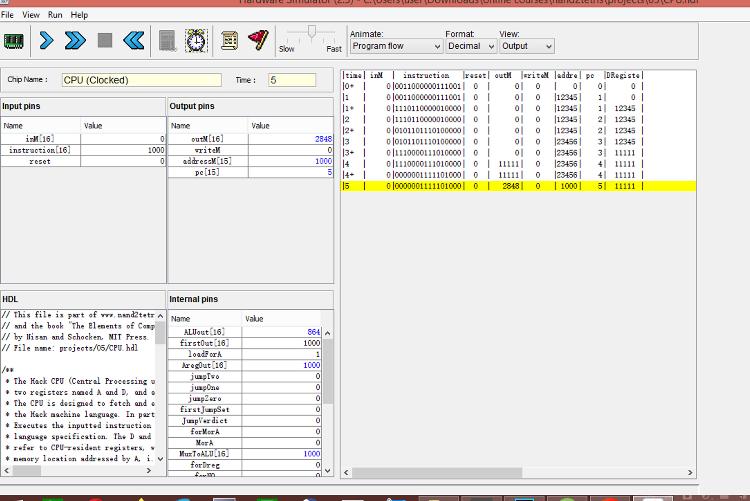Thank you. This is the earlier code I have used.
CPU.hdlAt 5 seconds I got this result and at 5+, I got an error where the result is 2848 at outM.
I pretty much forgot how the ALU works in the first place. I'm still at a loss how I got 864 in ALUout, then a 2848 at outM. Thanks.
